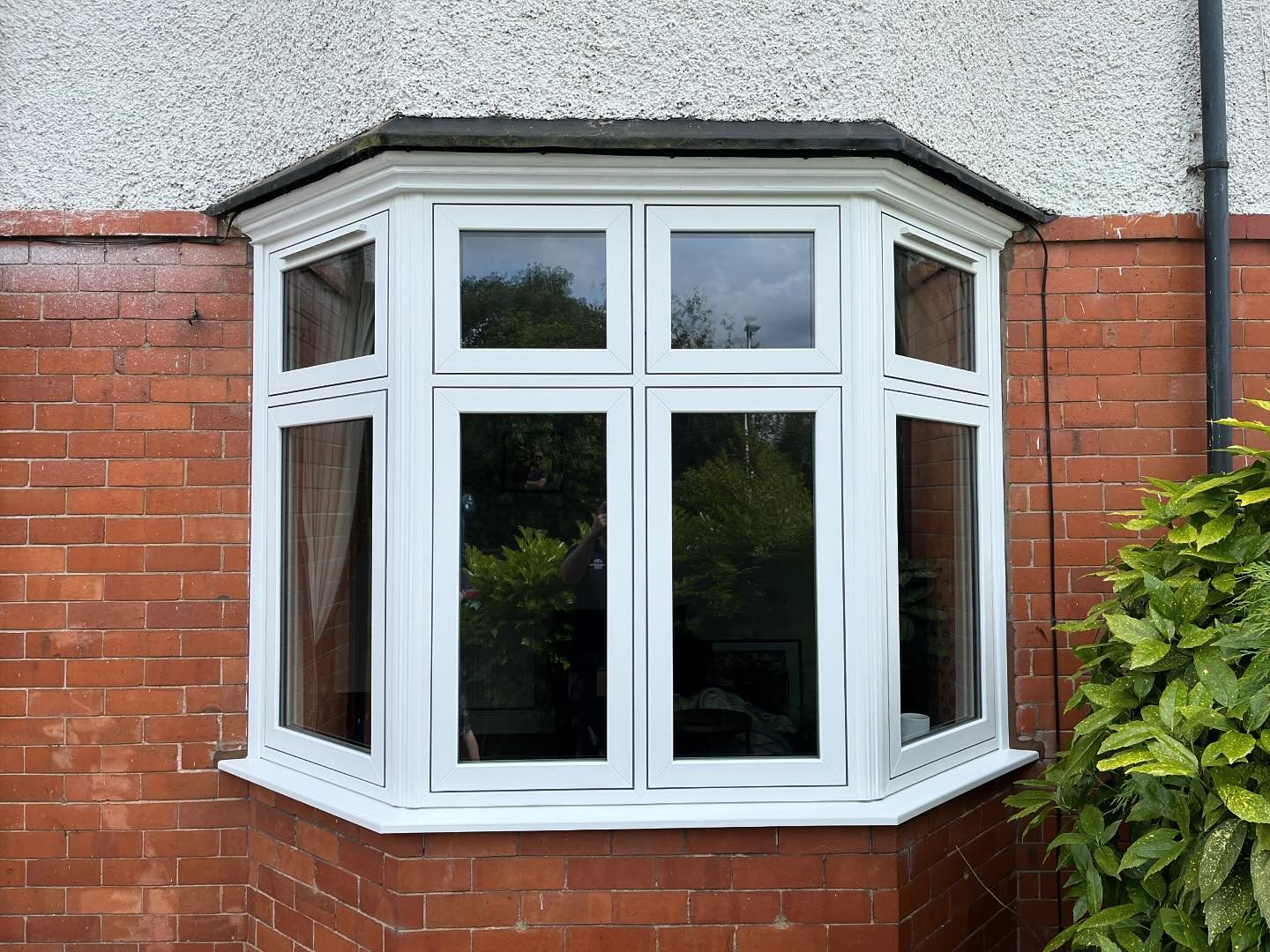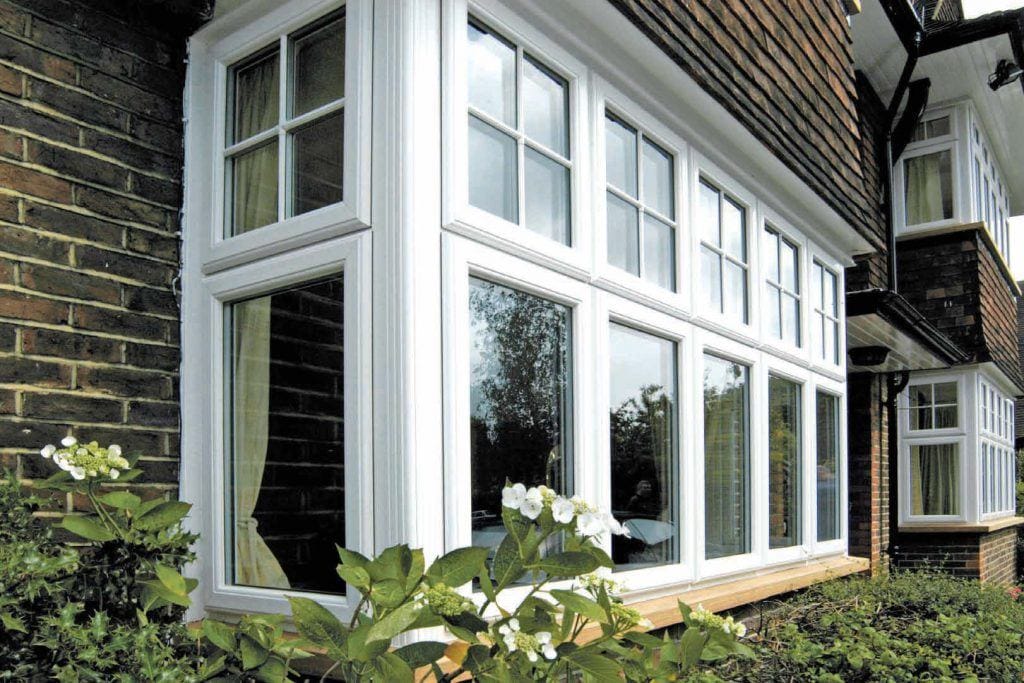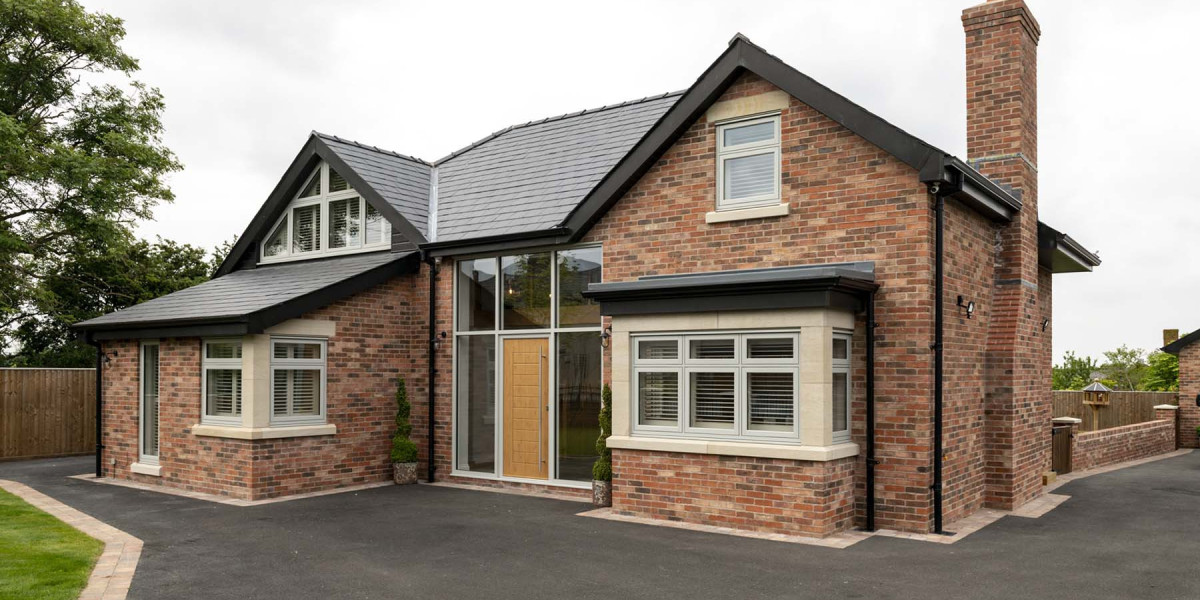In the modern architectural landscape, the use of glass partitions has evolved from mere aesthetic enhancements to integral components that redefine spatial dynamics within residential and commercial environments. This evolution is not just about aesthetics; it encompasses advancements in technology, design flexibility, and functional performance. As we explore the latest innovations in glass partitions, we uncover how these developments are reshaping our interaction with space, light, and privacy.

The Shift Towards Smart Glass Technology
One of the most significant advancements in glass partition systems is the introduction of smart glass technology. Smart glass, or switchable glass, allows users to control the transparency of the glass at the touch of a button. This technology utilizes electrochromic, photochromic, or thermochromic materials that can change their opacity based on electrical input, light exposure, or temperature changes.
The benefits of smart Ideal Glass partitions are manifold. In office settings, for instance, employees can create a more open environment by switching the glass to transparent mode during collaborative sessions, and then revert to frosted or opaque modes for focused work or privacy as needed. This flexibility not only enhances productivity but also contributes to energy efficiency by regulating natural light and reducing the need for artificial lighting.
Enhanced Acoustic Performance
Another notable innovation is the improvement in acoustic performance of glass partitions. Traditionally, glass has been associated with noise transmission, which can be detrimental in environments that require privacy, such as conference rooms or healthcare facilities. However, advancements in laminated glass technology and the incorporation of sound-dampening interlayers have led to the development of glass partitions that significantly reduce sound transmission.
Manufacturers now offer glass partition systems that can achieve high Sound Transmission Class (STC) ratings, making them suitable for environments that demand confidentiality. This advancement is particularly beneficial in open-plan offices, where noise can be a distraction. By using these high-performance glass partitions, companies can create quiet zones for meetings and focused work while maintaining an open and airy feel throughout the space.
Customization and Aesthetic Appeal
The aesthetic appeal of glass partitions has always been one of their strongest selling points, but recent innovations have taken customization to new heights. With advancements in digital printing technology, glass can now be customized with a variety of designs, colors, and textures. This allows architects and designers to create unique environments that reflect the brand identity or desired ambiance of a space.
Moreover, the use of patterned or etched glass adds an additional layer of privacy without sacrificing natural light. This is particularly important in commercial settings, where branding and visual identity play a crucial role in customer experience. The ability to customize glass partitions means that businesses can create visually stunning interiors that are both functional and representative of their ethos.
Integration with Building Management Systems
As buildings become smarter, the integration of glass partitions with building management systems (BMS) is becoming increasingly prevalent. This integration allows for the automation of lighting, heating, and cooling systems based on the usage of spaces demarcated by glass partitions. For example, if a glass conference room is not in use, the BMS can automatically adjust the lighting and temperature, leading to significant energy savings.
Furthermore, smart glass partitions can be linked to occupancy sensors, ensuring that spaces are utilized efficiently. This technology not only enhances comfort but also promotes sustainability by minimizing energy waste in underutilized areas.
Sustainability and Eco-Friendly Options
In a world increasingly focused on sustainability, the glass partition industry is rising to the challenge by offering eco-friendly options. Manufacturers are now producing glass from recycled materials and utilizing sustainable production processes. Additionally, many modern glass partitions are designed to be easily disassembled and reused, reducing waste and promoting a circular economy.
Low-emissivity (Low-E) coatings are also becoming common in glass partitions, improving thermal insulation and reducing energy consumption for heating and cooling. These advancements not only contribute to a building's sustainability goals but also improve the overall comfort of occupants.
Modular and Flexible Systems
The demand for flexibility in workspace design has led to the rise of modular glass partition systems. These systems allow for easy reconfiguration of spaces to adapt to changing needs. Businesses can quickly alter their layouts to accommodate new teams, projects, or functions without the need for extensive renovations.
Modular glass partitions can be installed with minimal disruption, making them an attractive option for companies that value agility. This flexibility is particularly beneficial in co-working spaces, where the ability to create temporary meeting rooms or collaborative areas can significantly enhance the user experience.
Health and Well-Being Considerations
Recent studies have highlighted the impact of the built environment on health and well-being. Glass partitions, with their ability to allow natural light to permeate spaces, contribute positively to occupant health. Natural light is known to enhance mood, productivity, and overall well-being.
Moreover, the use of glass partitions can improve indoor air quality by allowing for better ventilation and reducing the need for artificial lighting. In healthcare settings, glass partitions can create a more open and welcoming atmosphere, which is essential for patient comfort and recovery.

Conclusion: The Future of Glass Partitions
As we look to the future, the advancements in glass partition technology promise to continue transforming the way we design and interact with our environments. From smart glass solutions that enhance functionality and energy efficiency to customizable designs that cater to aesthetic preferences, glass partitions are becoming more than just dividers; they are integral components of modern architectural design.
With a focus on sustainability, health, and the need for flexible spaces, the glass partition industry is well-positioned to meet the demands of contemporary living and working environments. As architects and designers embrace these innovations, we can expect to see even more creative and functional applications of glass partitions that enhance our spatial experiences in the years to come.








